- 🏡 Median U.S. home prices exceed $426,000, requiring an income of $105,500–$127,800 to afford.
- 📉 A 1.5% drop in interest rates saves the average buyer only about $60/month.
- 💸 Home prices in many markets grow faster than wages, worsening housing affordability.
- 🏘️ Shared equity, co-living, and community land trusts are emerging homeownership alternatives.
- ⚖️ Flexible financing models and redefined starter homes are key to bridging today’s affordability gap.
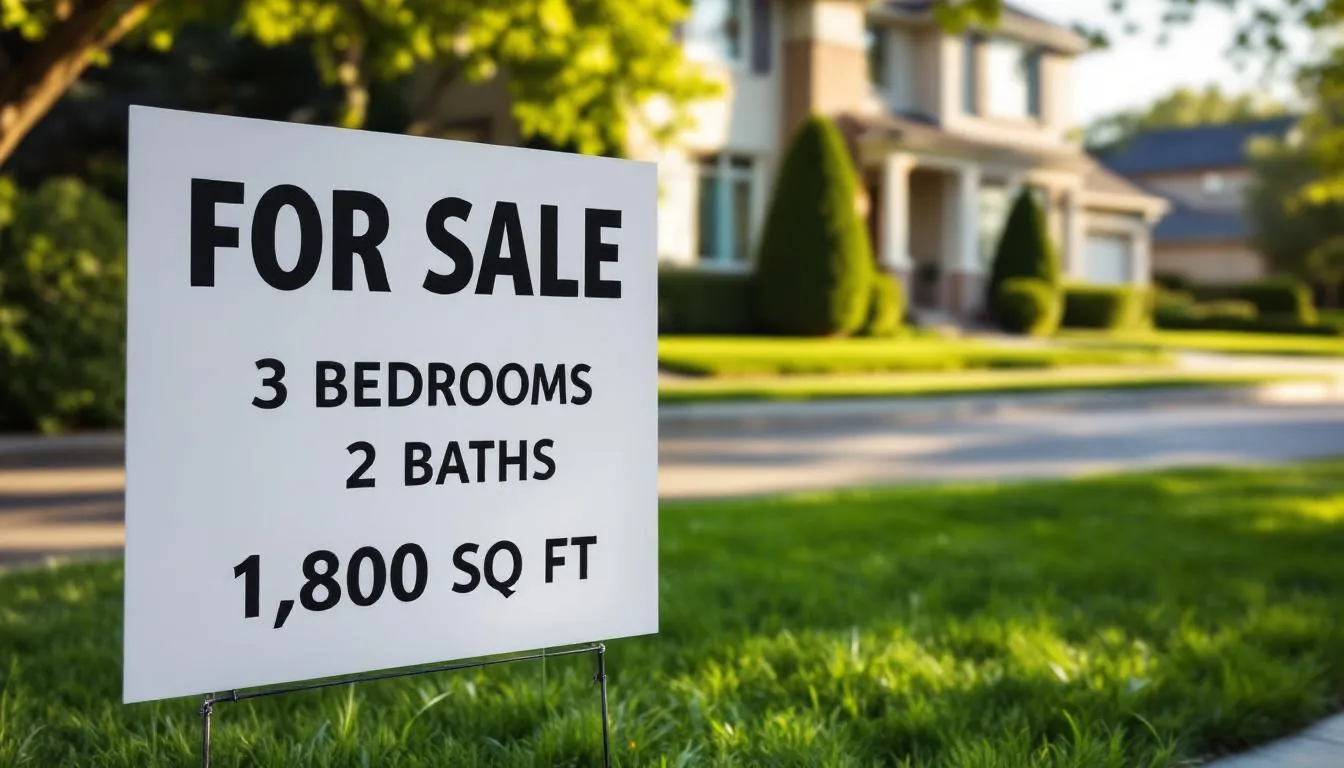
The Myth of Rate Relief
For decades, the American Dream was symbolized by homeownership—complete with a white picket fence and a two-car garage. But as the median U.S. home price now exceeds $426,000, the reality of reaching that dream has drifted out of reach for many. Falling interest rates used to spark buyer activity. But today, rate cuts are no longer enough to solve the deeper crisis of housing affordability. Rising prices, stagnant wages, and added costs like taxes and insurance are forcing a full-scale rethinking of what homeownership really means—and how we get there, especially in cities like Las Vegas.

Today’s Homeownership Snapshot
Across the United States, homeownership has long been a foundational step toward building wealth. Yet in 2025, that goal is harder to achieve than ever before. The median home price sits at over $426,000, and what it takes to afford that—both in income and initial capital—is staggering. Depending on the type of loan used, a buyer may need to make between $105,500 and $127,800 annually just to cover monthly mortgage obligations. Standard 20% down payments equate to more than $85,000, before accounting for other costs like closing fees, inspection reports, and moving expenses.
In Southern Nevada, particularly in the Las Vegas metropolitan area, housing continues to follow the national trend. While prices hover slightly below the national median, affordability still remains an issue. Las Vegas-based buyers increasingly find themselves facing stiff competition not only from other locals but also from investors, out-of-state buyers, and retirees looking for lower-tax havens. This external pressure boosts demand and inflates prices—particularly for the bottom tier of the market where first-time buyers and working families operate. Entry-level homes, once a reliable steppingstone into homeownership, are disappearing.

The Illusion of Lower Interest Rates
Interest rates continue to dominate headlines and real estate conversations. Buyers often wait on the sidelines anticipating rate relief, hoping that lower borrowing costs will open the door to affordable homeownership. However, the math tells a different story.
Let’s break it down. A 1.5% drop in a mortgage interest rate on a median-priced home seems substantial, but in practice, it only yields about $60 in monthly savings. That marginal gain is quickly offset when lower rates cause more buyers to return to the market, increasing demand and driving prices even higher. In markets like Las Vegas, it’s not unusual to see property values jump by 10% or more when borrowing costs decline. A $40,000 increase in purchase price more than erases any benefit from reduced rates.
Moreover, as home prices increase, related expenses like property taxes and homeowner’s insurance naturally climb as well. In many states, including Nevada, property tax formulas are directly tied to assessed home values. Consequently, monthly budgets feel the pressure from more than just mortgage payments.
This perpetuates a vicious cycle—lower rates bring more buyers, which inflates prices, which then resets the affordability barrier at an even higher level. In this market environment, waiting for interest rates to drop as a path to affordable homeownership is a short-sighted strategy.

Unpacking Affordability in 2025
What does it really take to afford a typical home in today’s market?
Using the current national median price of $426,000 as our benchmark:
- Needed annual income: $105,500–$127,800 (depending on loan terms, debt levels, and down payment).
- Down payment: $85,000 (20% standard) or more, depending on lender and property type.
- Monthly expenses: Principal and interest payments, property taxes, homeowners insurance, mortgage insurance (if applicable), utilities, HOA fees, and maintenance costs.
- One-time costs: Appraisals, credit reports, inspections, moving expenses, title insurance, and closing costs can easily surpass $10,000.
In Las Vegas, the affordability crisis is intensified by strong demographic growth, competitive investor activity, and finite land due to geographical and zoning limitations. Given that average wages in Nevada are under $60,000 per person, a substantial proportion of Las Vegas households simply cannot meet the threshold necessary for homeownership without significant sacrifices or assistance.
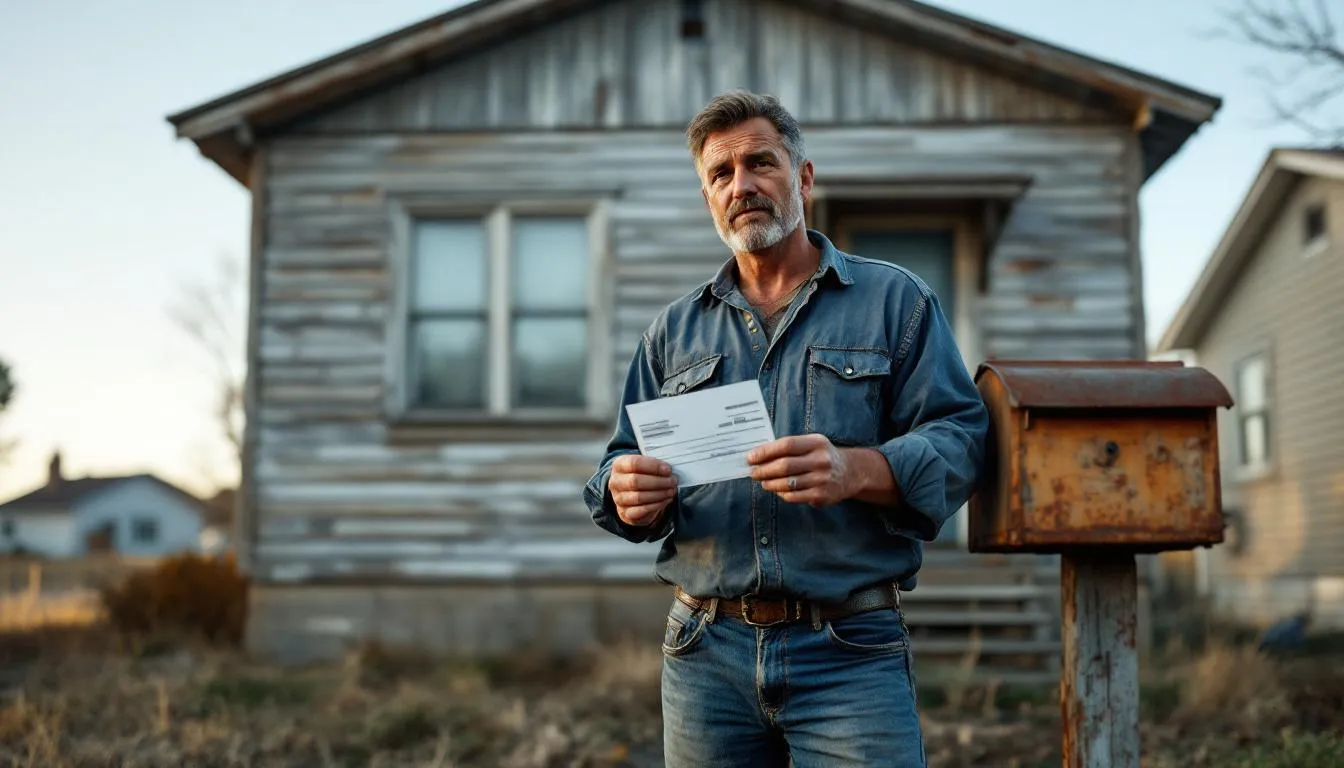
When Prices Outpace Wages
The disparity between home price growth and wage growth is a central cause of the affordability dilemma. According to HousingWire, many housing markets across the U.S. have experienced repeated double-digit increases in property values over recent years. Unfortunately, wage growth has lagged behind. Even modest home appreciation, say 5%, pushes up the required monthly payment significantly.
In fact, to counteract a 5% increase in home prices, mortgage rates would have to decrease by at least 0.83 percentage points just to keep payments flat. Given the unpredictable nature of the Federal Reserve’s interest rate policies, betting on rate cuts as a way to maintain affordability is increasingly unreliable.
As everyday expenses rise—from groceries to transportation—many would-be buyers find themselves priced out of the housing market even before they can begin the process of applying for a loan.
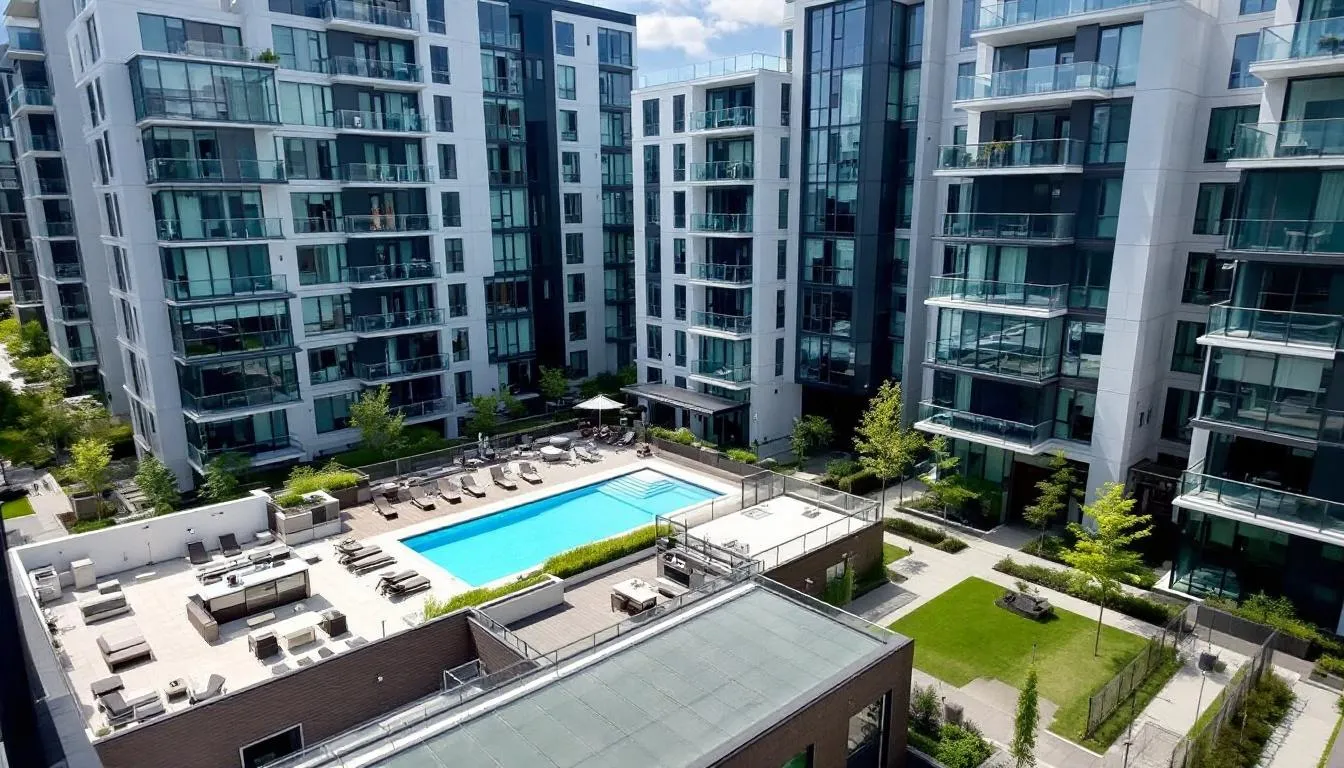
Rethinking the Dream of Homeownership
Homeownership has long stood as a symbol of the American Dream, but that vision is now undergoing a transformation. Increasingly, younger generations are prioritizing experiences, mobility, and financial resilience over traditional metrics like square footage or property ownership. These changing preferences are reflected in the rise of non-traditional living arrangements that emphasize community, flexibility, and shared risk.
In Las Vegas, this shift is especially visible through:
- Luxury rentals: High-end apartment complexes now offer amenities that rival those of condo developments—concierge service, gyms, pools, community workspaces, and advanced security.
- Multigenerational housing: Families are pooling resources to buy larger homes or properties with casitas and separate entrances to support multiple generations under one roof.
- Co-living arrangements: Modeled after dormitory and hostel formats, these spaces provide private bedrooms with shared kitchens and living areas, combining lower costs with increased social opportunities.
This movement doesn’t mean the desire for long-term stability is vanishing. Rather, it demonstrates a redefinition of what that stability looks like. A home is no longer a "forever house" but a steppingstone toward financial mobility, entrepreneurship, or even early retirement.
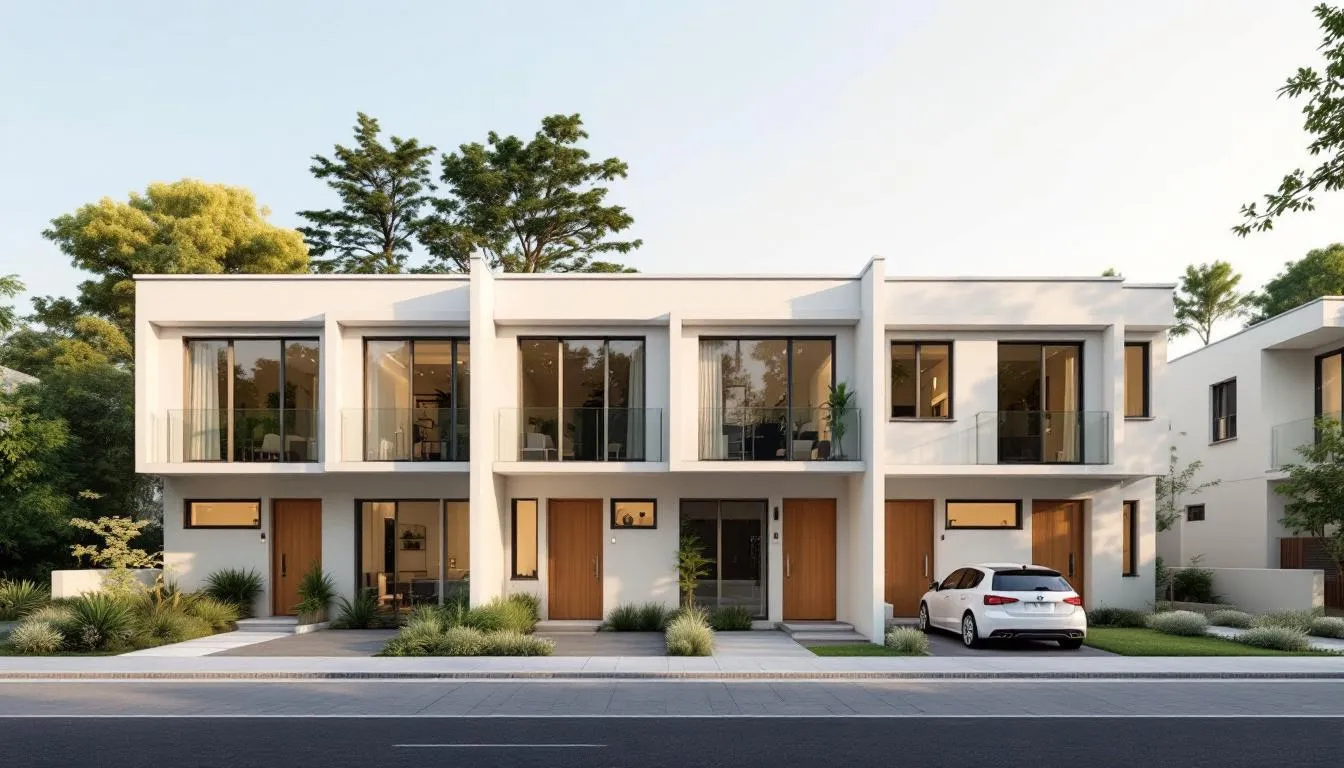
Innovative Entry Points into Homeownership
For buyers shut out of traditional real estate markets, new models of access are gaining traction. These homeownership alternatives help lower the financial barriers to entry while enabling individuals to participate, at least partially, in property appreciation and equity accumulation.
Shared Equity Models
These arrangements involve co-ownership between a buyer and an investor or nonprofit. The buyer occupies the home and pays a fraction of the price upfront, while the partner shares in both the cost and future profits. This reduces initial cash outlays and loan sizes—making properties more accessible than ever to middle-income earners.
Creative Amortization Structures
Flexible loan terms, including graduated payments, interest-only periods, or extended amortization schedules, can better align with a buyer's changing income pattern. This is especially useful for self-employed individuals, gig workers, or those expecting significant future earnings.
Community Land Trusts (CLTs) and Housing Co-Ops
In a CLT, a nonprofit organization owns the land and leases it to the homeowner, who owns the physical structure. This separation of land and home reduces upfront costs and stabilizes long-term affordability. Housing cooperatives, meanwhile, allow residents to own shares in the overall building or community, offering democratic governance and shared maintenance expenses.
Fractional Ownership and Vacation Markets
Particularly relevant in Las Vegas and other hospitality-centered cities, fractional ownership lets multiple individuals hold portions of a high-value property. This is attractive to seasonal residents, snowbirds, or those monetizing assets through platforms like Airbnb. It also provides a foot in the door to real estate appreciation.

Flexible Financing Solutions
Today’s mortgage industry is responding with innovation too. New financing models cater to diverse financial profiles and ambitions.
- Hybrid Adjustable-Rate Mortgages (ARMs): These offer lower interest rates for the first few years—making them ideal for buyers who plan to move, refinance, or sell within a set time frame.
- Balloon Mortgages: Buyers pay a lower amount monthly but face a larger "balloon" payment at the end, suitable for those expecting a significant cash influx.
- Rent-to-Own Contracts: Let you build equity through monthly rent payments, often with a portion going toward a future down payment.
- FHA and VA-Backed Loans: Designed for first-time buyers and veterans, these programs offer lower down payments, more flexible credit requirements, and reduced insurance premiums.
In Nevada, many lenders specialize in these alternative mortgage pathways, and partnering with the right agent can help match you to programs tailored for your situation.
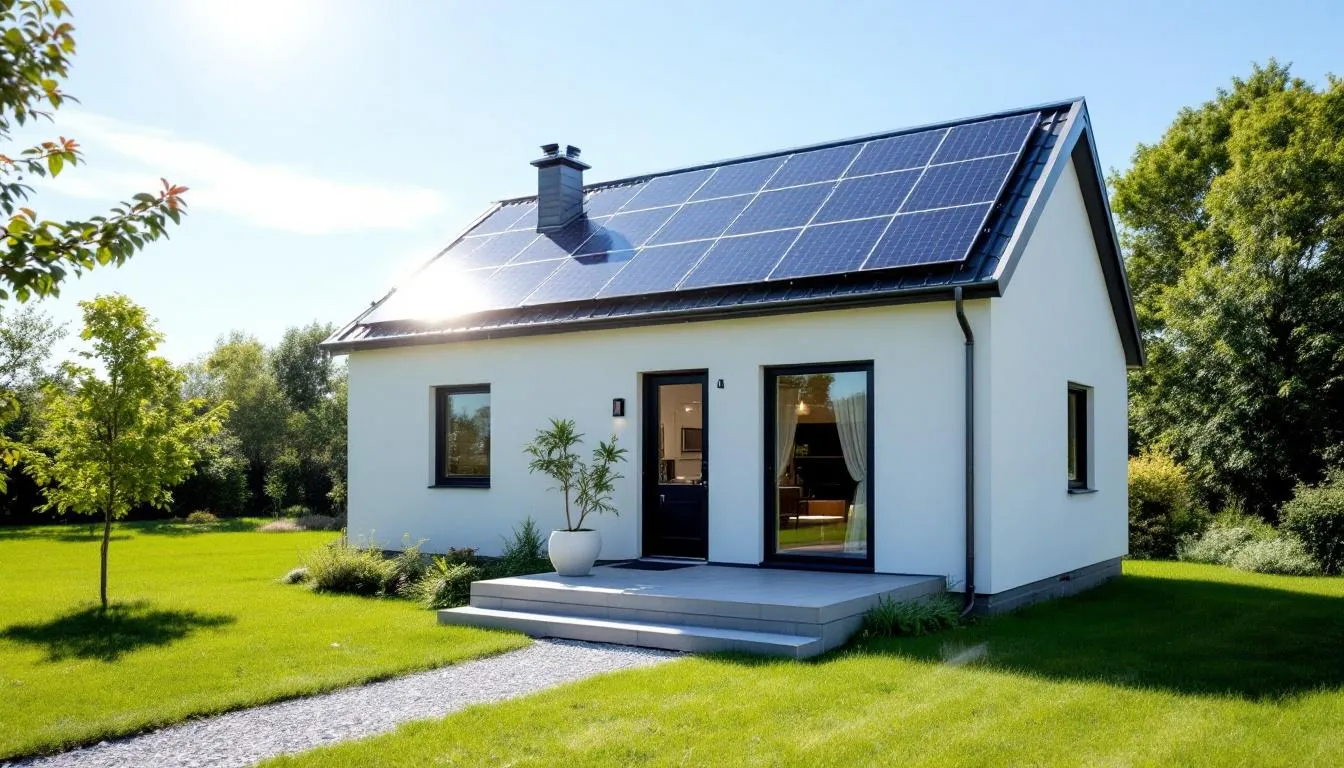
The Return of the “Starter Home”—Redefined
The concept of a "starter home" has had to change with today’s financial realities. While detached single-family homes in sprawling suburbs were once the default first step, today’s options require more creativity.
- Condos and Townhomes: Often located near urban cores, these units offer low-maintenance living, community amenities, and a lower price-per-square-foot entry point.
- Attached or Multifamily Structures: Duplexes, triplexes, and fourplexes allow owners to live in one unit and rent out the others—creating an income stream that offsets personal housing costs.
- ADUs and Tiny Homes: As zoning laws relax, accessory dwelling units can be used either for family members or as source of rental income. They also allow for phased expansion of your real estate footprint.
In Las Vegas, neighborhoods such as South Enterprise (89183), Sunrise Manor (89115), and North Las Vegas (89031) provide inventory in these categories, giving buyers real options within reach of employment centers and transit routes.

A Las Vegas Real Estate Lens
Las Vegas often reflects broader economic trends in exaggerated form. Real estate here moves fast—fueled by a potent mix of investor demand, tourism spending, and volatile migration patterns. Add in limits on available land and strict zoning regulations, and the region becomes a perfect storm of constrained supply and higher pricing.
These volatility factors mean that success in Las Vegas housing often rests not on reacting to market news, but on proactive strategy. As real estate expert Steve Hawks often reminds clients, “The best time to buy isn’t always when rates are lowest—it’s when the deal, terms, and long-term impact make sense.”

Action Steps for Buyers & Policymakers
For prospective buyers:
- Reevaluate assumptions about owning versus renting.
- Research and prequalify for government-backed and low-barrier financing options.
- Connect with agents who understand shared equity and cooperative models.
- Target neighborhoods with development projects poised to increase inventory.
For policymakers:
- Modernize zoning and permit laws to allow for ADUs, smaller units, and co-ownership models.
- Allocate funding for affordable housing and land trusts in high-demand areas.
- Support financial literacy programs that educate buyers on their full range of options.
- Expand pilot programs in rent-to-own and fractional ownership for middle-class access.
The Changing American Dream
Homeownership remains a cornerstone of American financial culture—but it must change to serve today’s market and economic realities. The path to stability and wealth no longer runs along a single-lane highway of 30-year mortgages and suburban front yards. It now branches into shared solutions, flexible financing, and creative forms of ownership.
Affordability, accessibility, and adaptability, not tradition, must define the dream going forward.
From Rates to Reality
If you're feeling priced out or uncertain about where to start, you're not alone. Interest rate changes won’t solve today’s housing puzzle. But with the right tools and guidance, you can still find—and afford—a place to call home.
Consider creative paths to homeownership tailored for the Las Vegas market. Contact Steve Hawks today to get personalized guidance on financing, alternative options, and smart investments in a changing market.
Citations
National Association of Realtors. (2023). Median home price exceeds $426,000. Retrieved from https://www.nar.realtor
Fidelity. (2023). Understanding Property Taxes. Retrieved from https://www.fidelity.com/learning-center/smart-money/property-taxes
HousingWire. (2023). Homeownership affordability analysis. Retrieved from https://www.housingwire.com/articles/from-rates-to-reality-why-innovative-homeownership-alternatives-matter-now/

